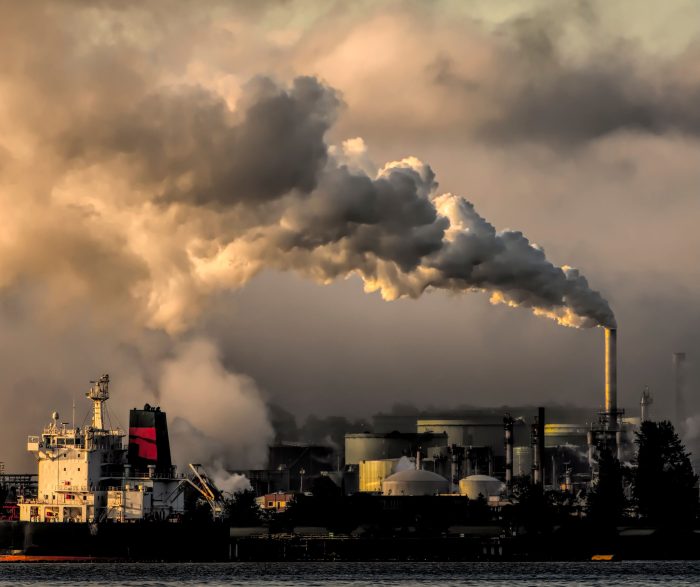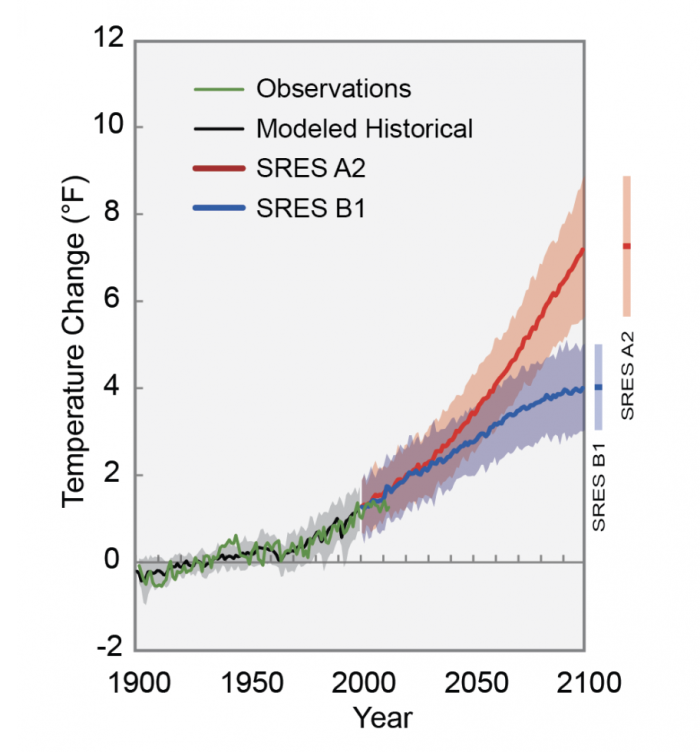Representative Concentration Pathways (RCPs) are levels of radiative forcing (or levels of energy that enter the atmosphere) that correspond to different levels of greenhouse gases emitted to the atmosphere from human activities.
Representative Concentration Pathways are useful ways to plan adaptation to various levels of greenhouse gases.

Models can be thought of as running, ‘what if?’ scenarios i.e., a range of plausible outcomes. The output can help to understand long-term consequences of policy for decision-makers.
Each pathway corresponds to a level of radiative forcing: 2.6, 4.5, 6.0 and 8.5 W/m2 (watts per square metre).
Representative Concentration Pathway 8.5 is seen as the worst-case scenario or the high emission end of ‘business as usual’ human activities with no changes to greenhouse gas emissions or policy efforts to curb fossil fuels. It is considered a high-end scenario.
On a decadal scale, the change to radiative forcing is relatively small compared to changes from natural variability. This means when comparing simulations of 2050 with 2060, you may be comparing estimates of natural variability and not the impact of greenhouse gas emissions since the changes in radiative forcing are relatively small. Comparing 2030 to 2080 gives a better comparison to see any changes due to anthropogenic greenhouse gas emissions.

Climate model stakeholder
How do you choose the right climate model?
What does climate model resolution mean?
